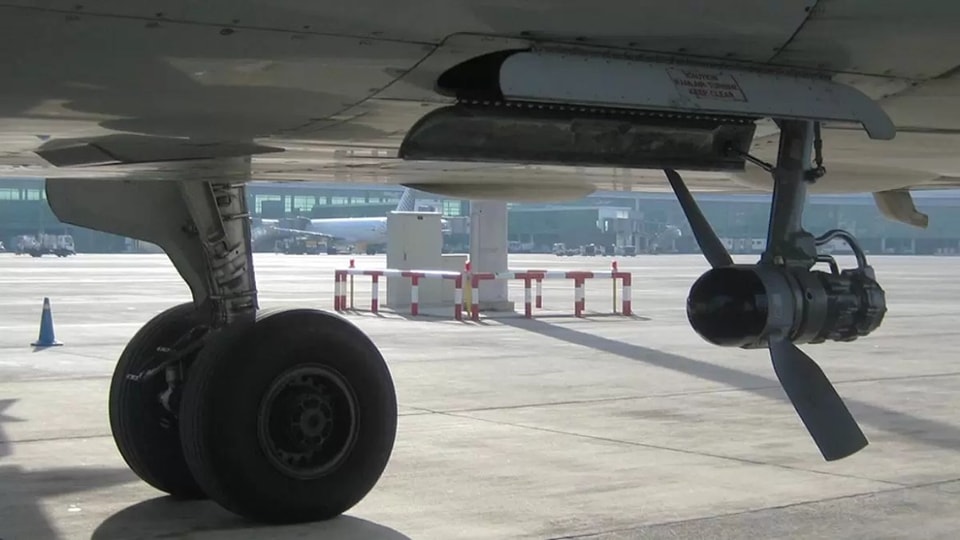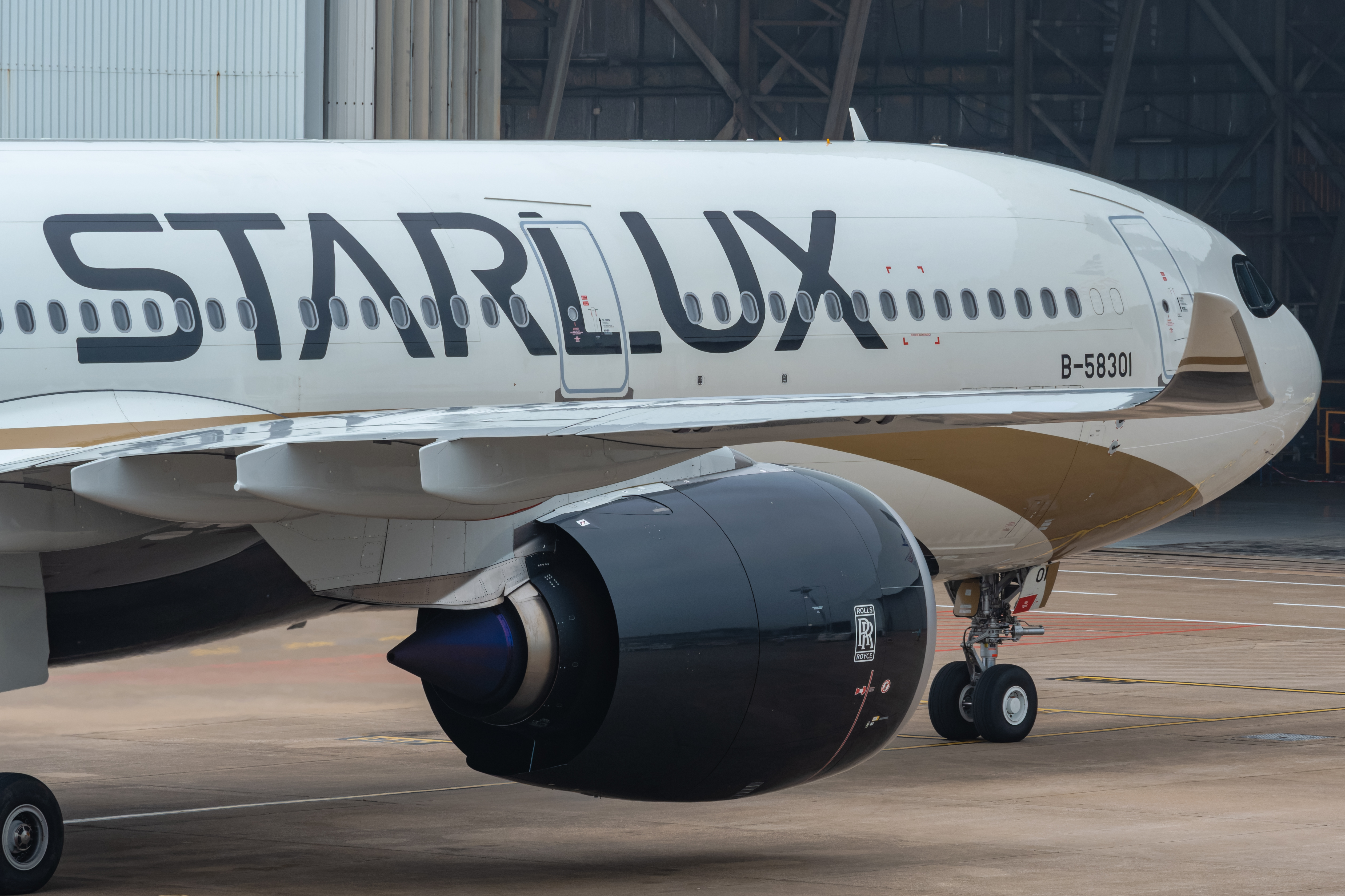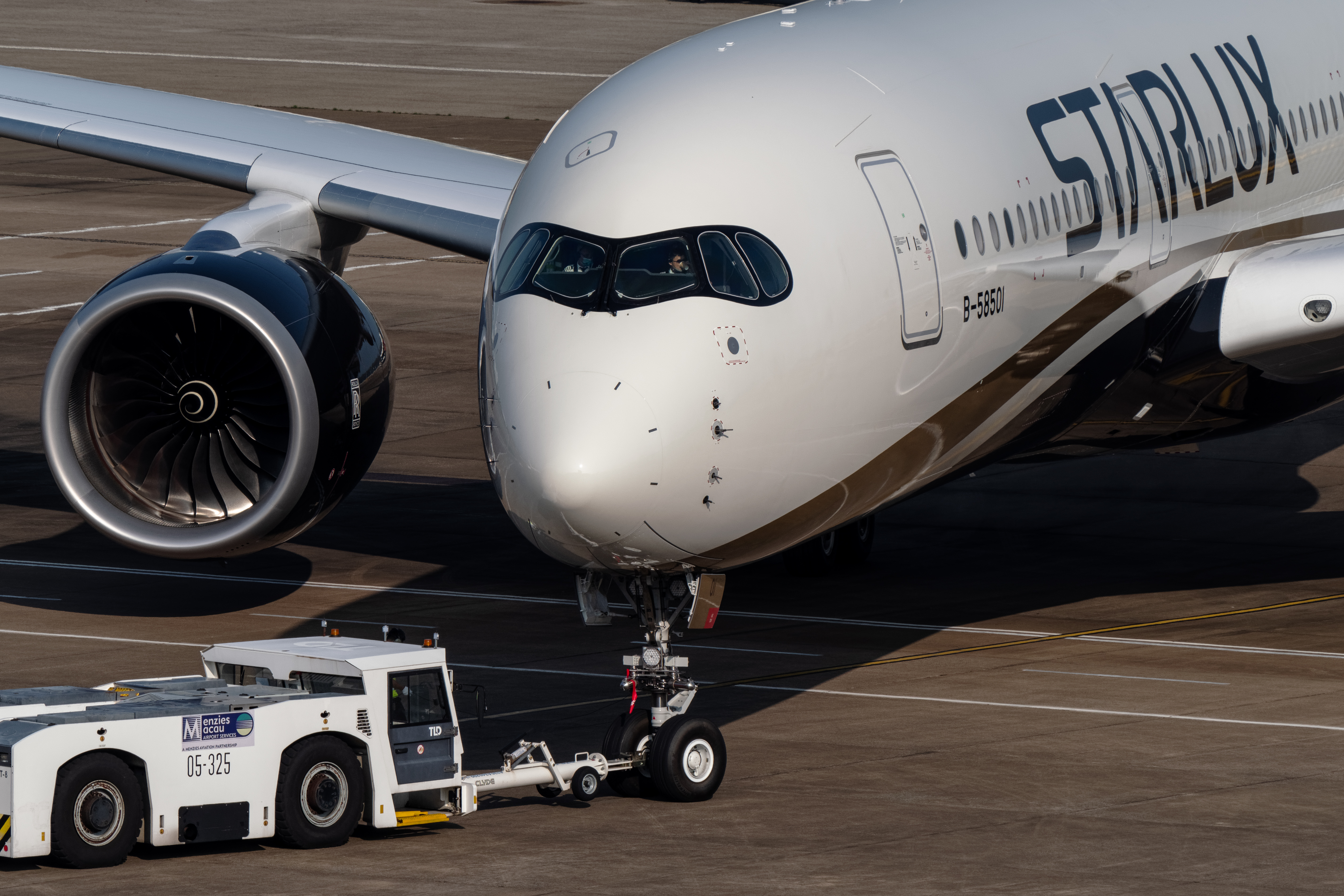
By Airline Ratings
Published Mon Jun 16 2025
A newly enhanced video circulating on social media may offer the clearest clue yet into what caused the crash of Air India flight AI171 shortly after takeoff from Ahmedabad on June 12. The footage, which runs for just 18 seconds, is sharper than previously seen versions—and critically, it captures the unmistakable sound of the aircraft’s Ram Air Turbine (RAT) deploying in the moments before impact.
Experts say that detail is significant.
The RAT, a small wind-powered turbine that emerges from the aircraft fuselage during extreme emergencies, is designed to automatically deploy if a plane loses both engines or experiences a complete failure of electrical or hydraulic systems. On modern aircraft like the Boeing 787 Dreamliner, it’s considered a last-resort system—one that most pilots will never need to rely on.
But in the case of AI171, aviation specialists say the RAT’s activation is strong evidence of a catastrophic dual engine failure, just seconds after departure.

“It’s not designed for an airplane at 400 or 500 feet to lose all power,” one expert explained. “But it gives you the minimum needed to fly and communicate.”
Once deployed, the RAT draws energy from the airstream generated by the aircraft’s forward motion. Depending on the aircraft type, the RAT powers either hydraulic systems directly or generates electricity to keep essential avionics functioning. These include:
Critical instruments like altitude, airspeed, and heading displays
Flight controls such as ailerons, elevators, and rudders
Navigation tools, including GPS and flight management systems
Communication equipment, allowing pilots to radio for help
In many aircraft, the RAT deploys automatically in emergencies; pilots also have the option to manually engage it from the cockpit.
A historic parallel helps illustrate its life-saving potential. When US Airways flight 1549—later immortalized as the “Miracle on the Hudson”—lost both engines after striking a flock of geese in 2009, it was the RAT that kept the Airbus A320’s vital systems alive. That flight, captained by Chesley “Sully” Sullenberger, successfully ditched in the Hudson River with all 155 souls on board surviving.
For investigators examining the tragic fate of AI171, the clear whine of the RAT in this new video provides an early technical lead. It strongly suggests that the Dreamliner suffered a total power loss—an extremely rare and deeply troubling scenario for such a modern aircraft.
With the Cockpit Voice Recorder (CVR) now found in the wreckage it will only be a matter of weeks before a preliminary report is available on the series of events that caused this tragedy.





